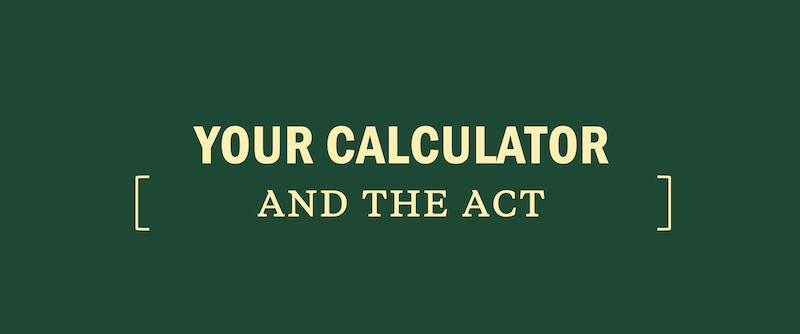ACT Math: Interpreting Graphs, Charts and Tables
Before we discuss strategies and tips for interpreting graphs, charts and tables, we first need to know the use and purpose of each. Charts and graphs organize, categorize and compare data. They come in various shapes and sizes (e.g., pie, bar, line). They commonly use columns, symbols and/or pictures to show the information needed to solve a problem. Tables, on the other hand, are used to represent a large amount of information in an organized way. All information will be presented in columns and rows. These formats normally make it easy to solve table problems on the ACT. Let’s look at five tips for interpreting questions using graphs, charts and tables and a sample question using a table.
Table Sample Question
With these tips in mind, let’s examine the following example:
Results of the 2024 U.S. Presidential Election
| Political Party | Candidate | Popular Vote | Electoral College |
| Republican | Allen Johnson | 45,022,000 | 278 |
| Democrat | Steven Hubert | 46,111,000 | 257 |
| Libertarian | Paul Smith | 2,100,000 | 0 |
| Green | Catherine Pulitzer | 1,405,000 | 0 |
| Constitutional Union | William J. Iredell | 340,000 | 0 |
| Working Family | Erin Billups | 105,000 | 0 |
| Liberty | Sarah Weeks | 75,000 | 0 |
Exit polling indicates that 90% of people who voted for Paul Smith would have voted for Allen Johnson if Smith had not run. The other 10% said that they would not have voted at all. 50% of the people who voted for Catherine Pulitzer said they would’ve voted for the Democrat if Pulitzer had not run. The remaining 50% said they would’ve abstained from voting. No election in a state was close enough to switch the Electoral College to the other candidate (Republican or Democrat) if this had occurred.
How would the election results have been different if both the Green and Libertarian parties had not run a presidential candidate?
A) Nothing would have changed
B) The Republican candidate for president would have won the popular vote
C) Steven Hubert would have won the Electoral College
D) The Constitutional Union party would have done better in the popular vote and Electoral College
E) Allen Johnson would have won the Electoral College
Explanation
What information do we need from the question and the table? From the question, it’s important to know that the Electoral Vote wouldn’t have changed. We can use this information to eliminate choices C, D, and E.
Now we need to interpret and analyze data from the chart to figure out if the popular vote would’ve changed. 90% of the people who voted for the Libertarian candidate, Smith, would’ve voted for Johnson had Smith not run. This means an additional 1,890,000 (2.1 million x 0.9) people would’ve voted for Johnson. That means his total vote would have been 46,912,000.
Now, 50% of the people who voted for the Green candidate said they would’ve voted for the Democrat had the Green candidate not been Pulitzer. This means an additional 702,500 (1,405,000 x 0.5) would have voted for Hubert, bringing his popular vote to 46,813,500.
It appears as though something would’ve changed, as Johnson would’ve won both the popular vote and the Electoral College, meaning the correct answer’s B.
Interpreting the table was extremely important for solving the problem above. Make sure you take your time and understand what the information on the graph, chart or table is relaying.


